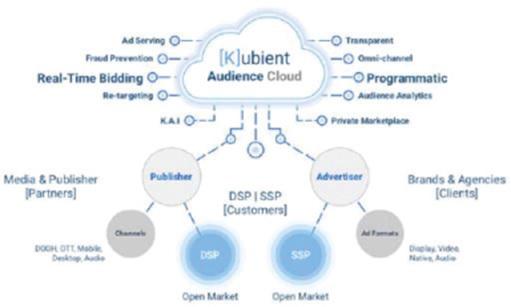Similarly, the economic uncertainty caused by the COVID-19 pandemic has made and may continue to make it difficult for us to forecast revenue and operating results and to make decisions regarding operational cost structures and investments. We have committed, and we plan to continue to commit, resources to grow our business, employee base, and technology development, and such investments may not yield anticipated returns, particularly if worldwide business activity continues to be impacted by the COVID-19 pandemic. The duration and extent of the impact from the COVID-19 pandemic depend on future developments that cannot be accurately predicted at this time, and if we are not able to respond to and manage the impact of such events effectively, our business may be harmed.
There can be no assurance that precautionary measures, whether adopted by us or imposed by others, will be effective, and such measures could negatively affect our sales, marketing, and client service efforts, delay and lengthen our sales cycles, decrease our employees’, clients’, or partners’ productivity, or create operational or other challenges, any of which could harm our business and results of operations.
What We Do: Audience-Based Marketing on Our Full Stack Platform
Our Audience Marketplace’s platform enables advertisers and publishers to transact directly between each other on an open, end to end real-time bidding platform for programmatic digital advertising. The advertising inventory on our platform is available in any channel: desktop, mobile, digital out-of-home, and connected devices; and in any format: video, display, audio, and native. Indeed, we believe our single, fully integrated audience platform provides a comprehensive, fraud-minimized, transparent, independent advertising marketplace that facilitates intelligent decision-making, and automated transaction execution for the programmatic advertising industry. We optimize the liquidity and effectiveness of the advertising supply chain, increasing revenue for publishers and improving return on investment for advertisers.
Our platform offers a machine learning-powered fraud prevention solution, extremely low latency times and an audience management platform which provides omni-channel access into all advertising channels, inventory and ad formats. Thanks to our management and development teams’ deep experience with artificial intelligence applications, our platform is constantly self-optimizing, using our software’s ability to analyze and learn from vast volumes of data. We are confident that the additional data we obtain from the volume of transactions on our platform helps to make our machine-learning algorithms more intelligent over time.
Advertising is sometimes defined as the transfer of a message from one party to another for the purpose of education, motivation or suggestion. Advertisers who pay to send a message, should be confident that it arrives to the individual it was intended for and delivers its expected outcome. Our solution consistently ensures this is the case, by verifying each and every message and intended audience. As a result, we believe that we process, analyze and connect billions of audience participants and devices faster and more efficiently than the industry standard.

3